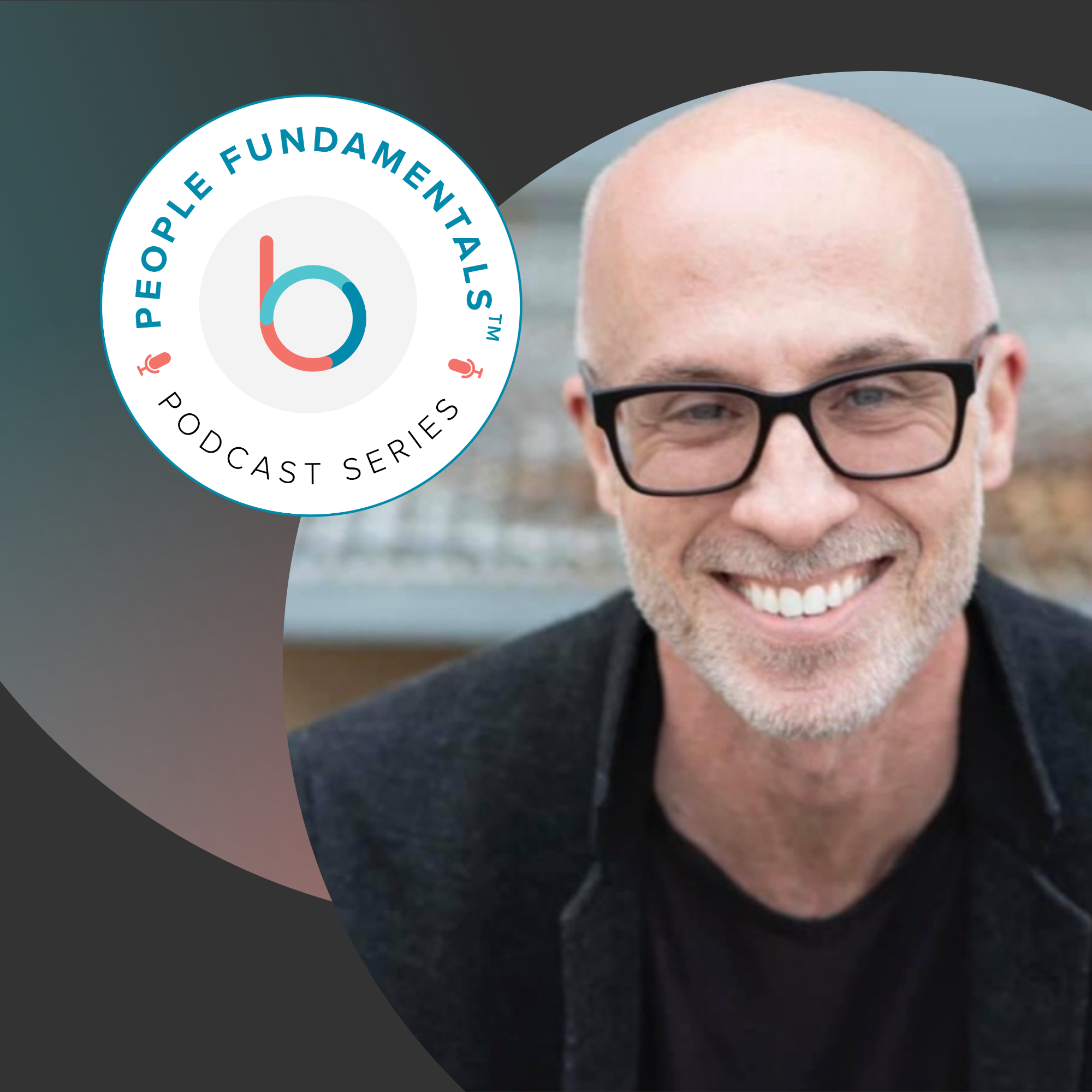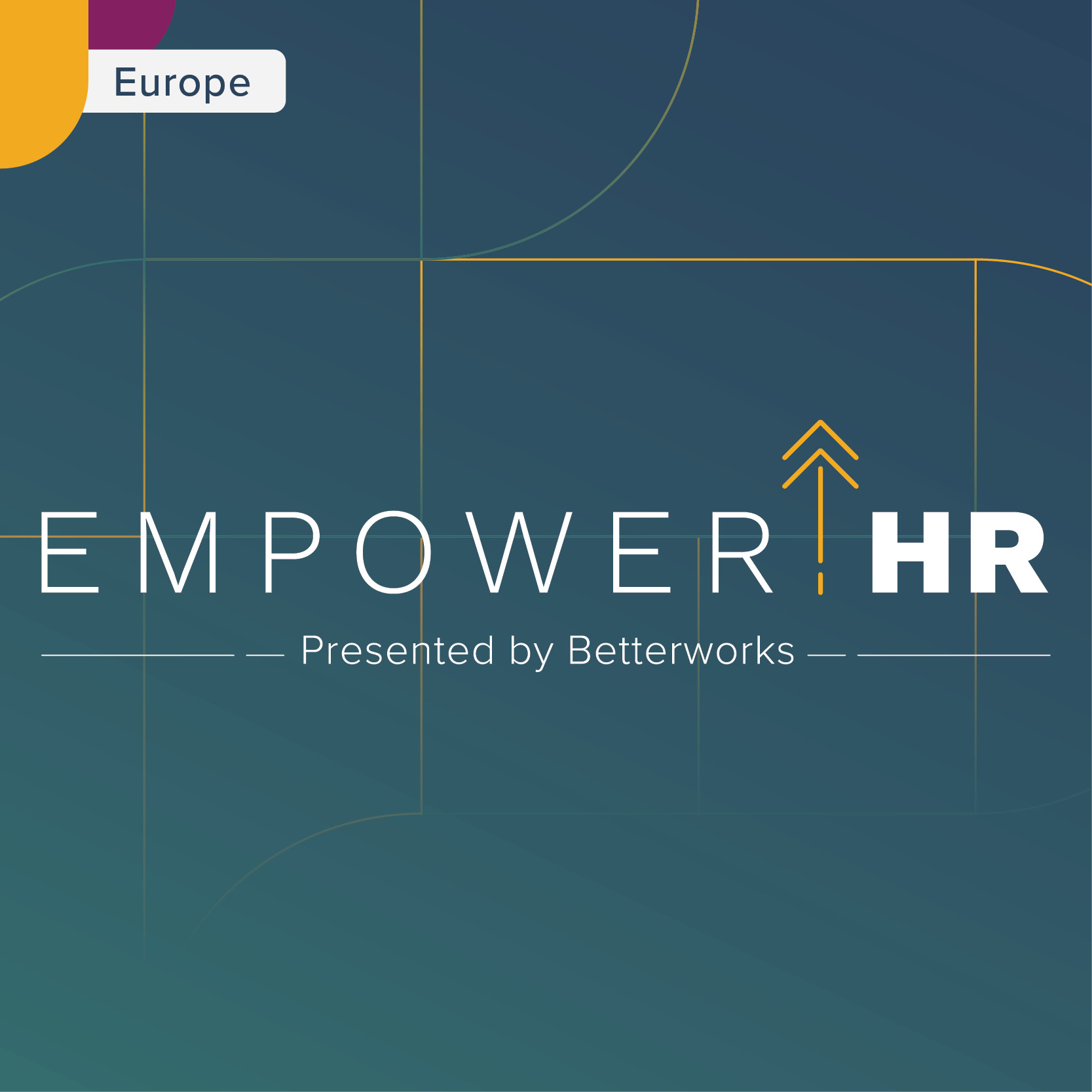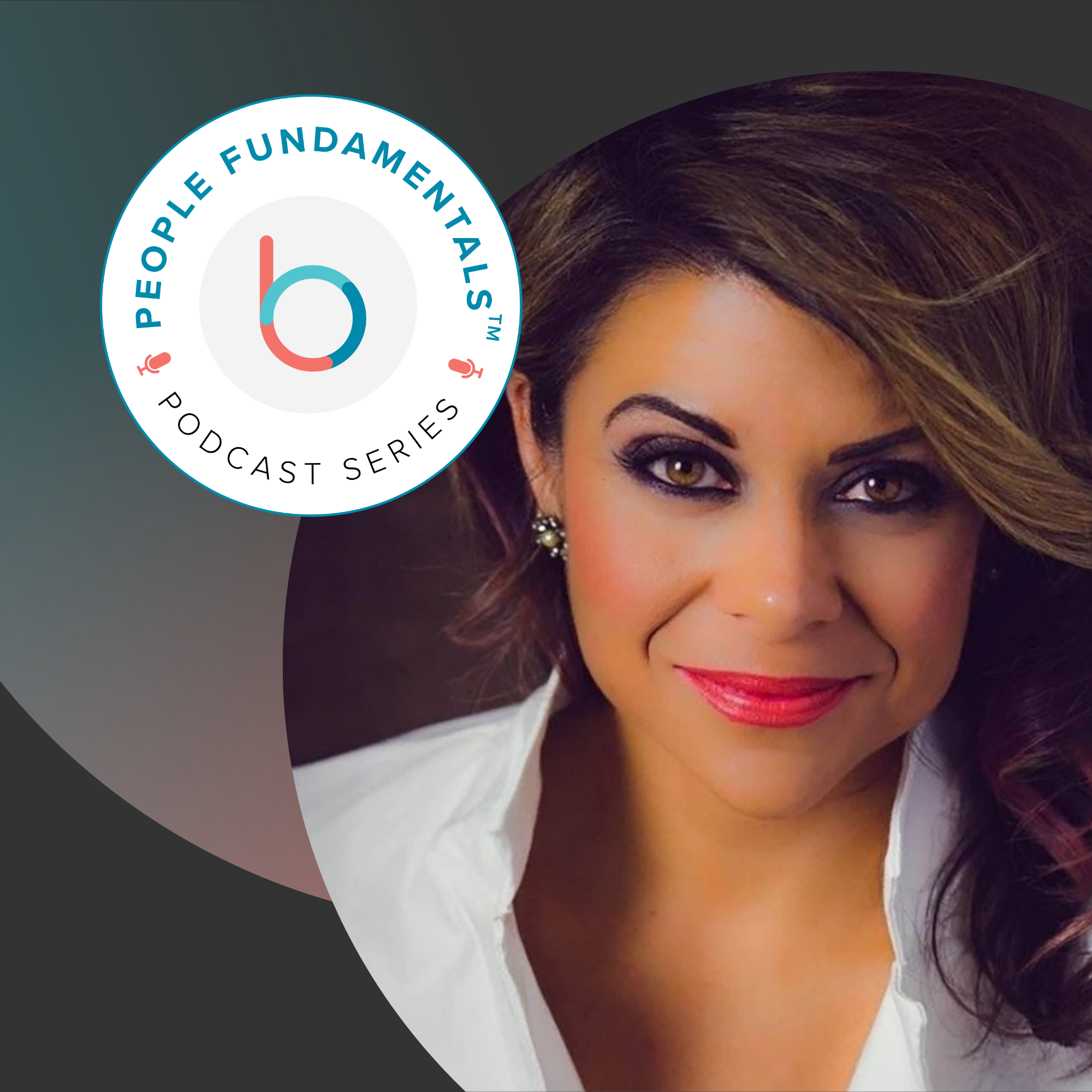If you’re trying to change behavior across a company, you can’t rely on good intentions alone. You need structure. You need stories. And you need emotion.
Charles Duhigg, New York Times bestselling author of The Power of Habit, knows a thing or two about behavior change. In his recent keynote address for EmpowerHR 2025, hosted by Betterworks, Charles shared research-backed strategies and stories that reveal what it really takes to build a performance culture that sticks.
Charles underscores three major takeaways for driving cultural and behavioral change: reward design matters, structure supports change, and psychological safety unlocks progress.
Make recognition emotional, not transactional
Too often, companies lean on transactional rewards—bonuses, spot prizes, or gift cards—and expect them to inspire long-term motivation. But Charles says the most effective rewards are emotional, not material.
“The reason we default to a pizza party,” he explained, “is because what we’re really saying is, ‘Here’s a way for you to spend time with your colleagues.’” That reward only becomes meaningful if it’s framed that way—if employees understand that the recognition is about connection and shared success, not just cheese and carbs.
To illustrate this point, Charles told the story of Febreze, the now-iconic Procter & Gamble product that nearly flopped because its initial marketing relied on a rational reward: eliminating bad smells. But people habituated to unpleasant odors didn’t recognize them, so they never reached for the bottle. When P&G shifted the cue to regular cleaning routines and made the reward emotional—a pleasant, fresh scent that felt like a reward for a job well done—sales skyrocketed.
The same lesson applies to the workplace. When employee recognition is tied to a clear cue (a goal achieved, a behavior demonstrated) and delivers a satisfying emotional reward (like genuine praise, public appreciation, or growth opportunities), it sticks.
“When we tell an employee, in addition to giving them a raise, that it’s in recognition of the fact of how much other people appreciate them, how much we rely on them, what a great job they’re doing, that they’re giving it that extra 10%,” he said, “what we’re doing is we’re giving them an emotional reward that’s even more powerful.”
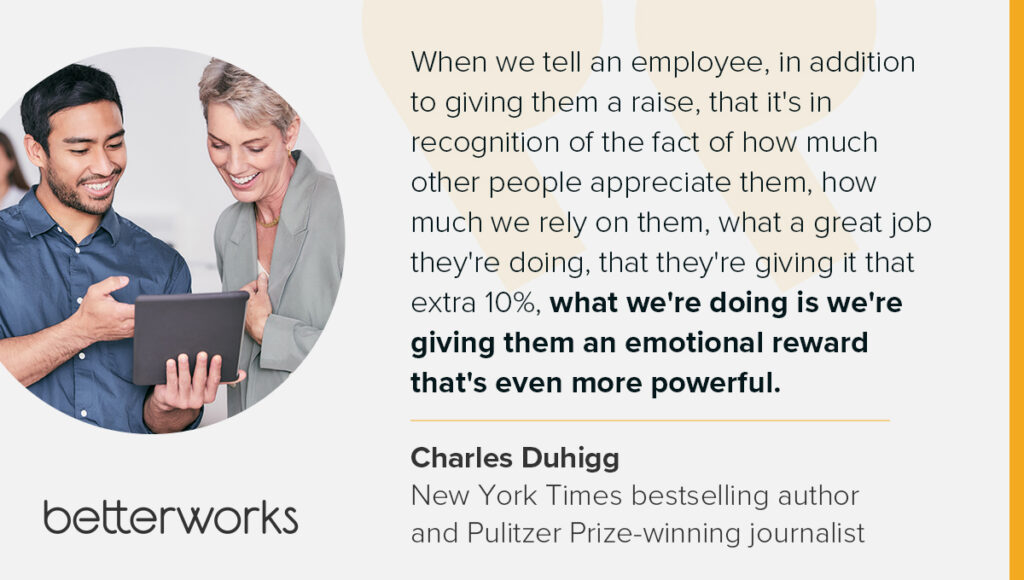
Train for the moment: Help employees react the right way
But no matter how meaningful the reward, people still need behavioral reinforcement to adopt the right habits. If you want consistent behaviors — like great customer service, leadership accountability, or team collaboration — you have to teach people how to act when the pressure’s on.
That’s what Starbucks did. After a string of high-profile customer service issues, the company realized that many incidents weren’t the result of bad employees, but overwhelmed ones. Often young and under stress, baristas didn’t know how to handle difficult customers or regulate their emotions mid-shift.
Starbucks responded by investing in habit training. “If a customer comes in and they’re really upset… here’s what you do,” Charles said. “That’s your cue. Your routine is you should LATTE them.” The acronym represents five key behaviors: Listen, Acknowledge, Take action, Thank them, and Explain.
This simple framework gave employees something to fall back on instead of reacting impulsively — and it worked. Customer satisfaction scores rose. So did employee engagement.
Charles also recounted the case of Qantas Flight 32, a plane that suffered massive mechanical failure shortly after takeoff. The pilot, Richard de Crespigny, kept calm by reframing the story in his head. Instead of trying to process the complexity of a failing Airbus, he imagined he was flying a simple Cessna, the plane he knew best. This mental reset helped him focus, access the right instincts, and save hundreds of lives.
Whether you’re flying a plane or navigating a tough conversation at work, structure helps. The ability to recognize cues and respond with rehearsed routines can turn potential disasters into controlled outcomes.
Make it safe to speak up (and try again)
Creating a high-performance culture means creating room for learning, not just results. That starts with how you frame failure. “If a scientist is in a lab and an experiment doesn’t work, that’s not a failure. That’s a success,” Charles said. “Because the point of being a scientist is to figure out what works and what fails.”
When people feel safe to try, fail, and try again, innovation follows. But this safety doesn’t happen by accident. Leaders need to actively reward behaviors that encourage second-guessing, rethinking, and constructive dissent.
“The ones who propose alternatives,” Charles added, “are oftentimes better than the ones who just propose objections.”
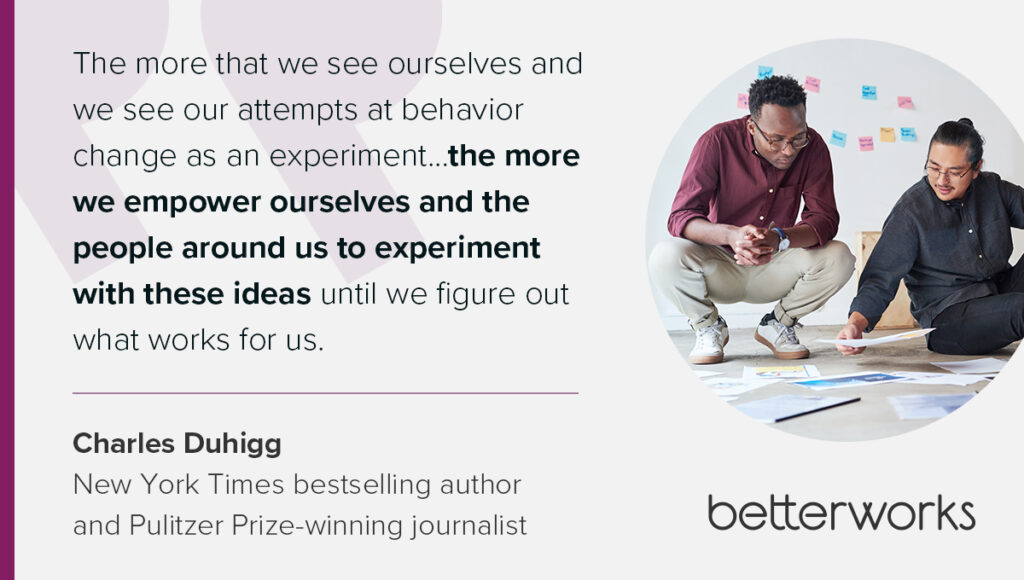
Fostering psychological safety means celebrating the people who challenge assumptions. Charles encourages leaders to examine closely how they reward employees who speak up. Is it performative, or is it genuinely encouraged? Is it private or public?
The same rules apply to personal change. Charles urges us to think about our own habits, identify the cues and rewards driving them, and design better structures for improvement.
“The more that we see ourselves and we see our attempts at behavior change as an experiment…” he said, “the more we empower ourselves and the people around us to experiment with these ideas until we figure out what works for us.”
Want to learn more? Catch EmpowerHR 2025 on demand.
Missed EmpowerHR?


